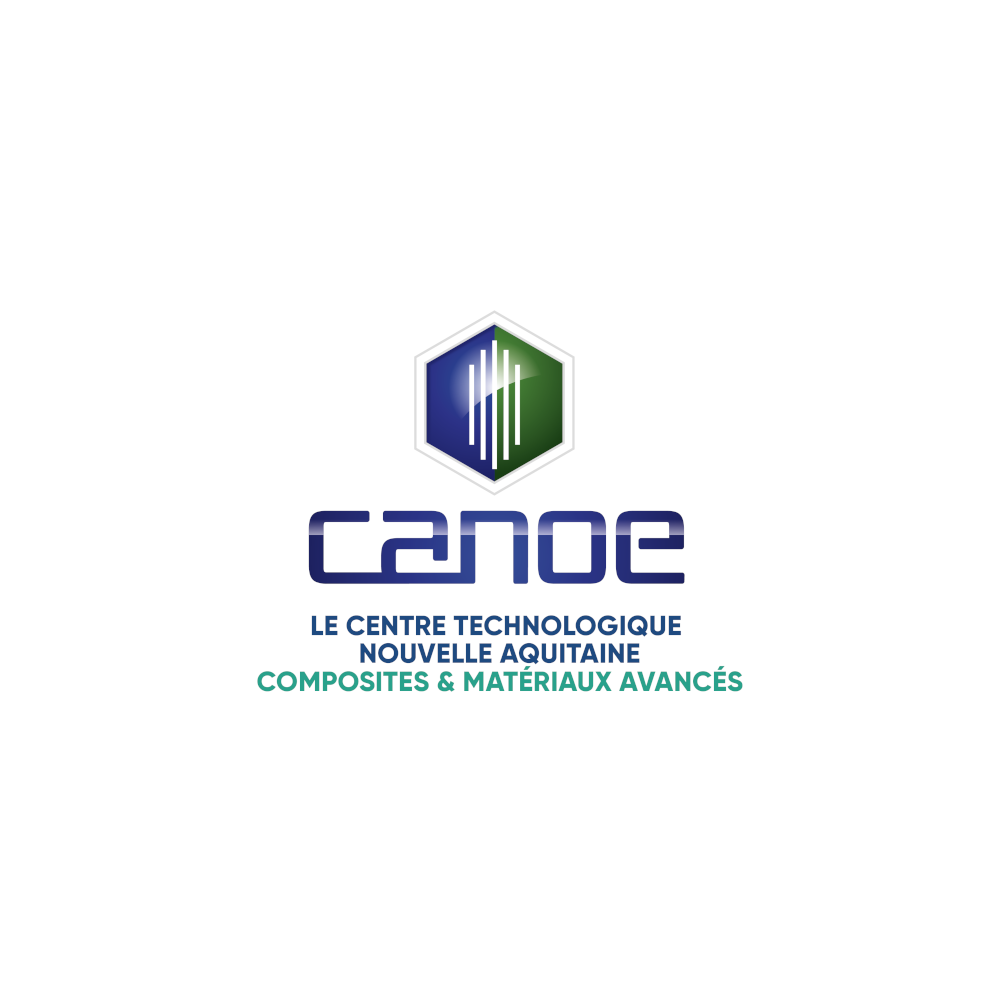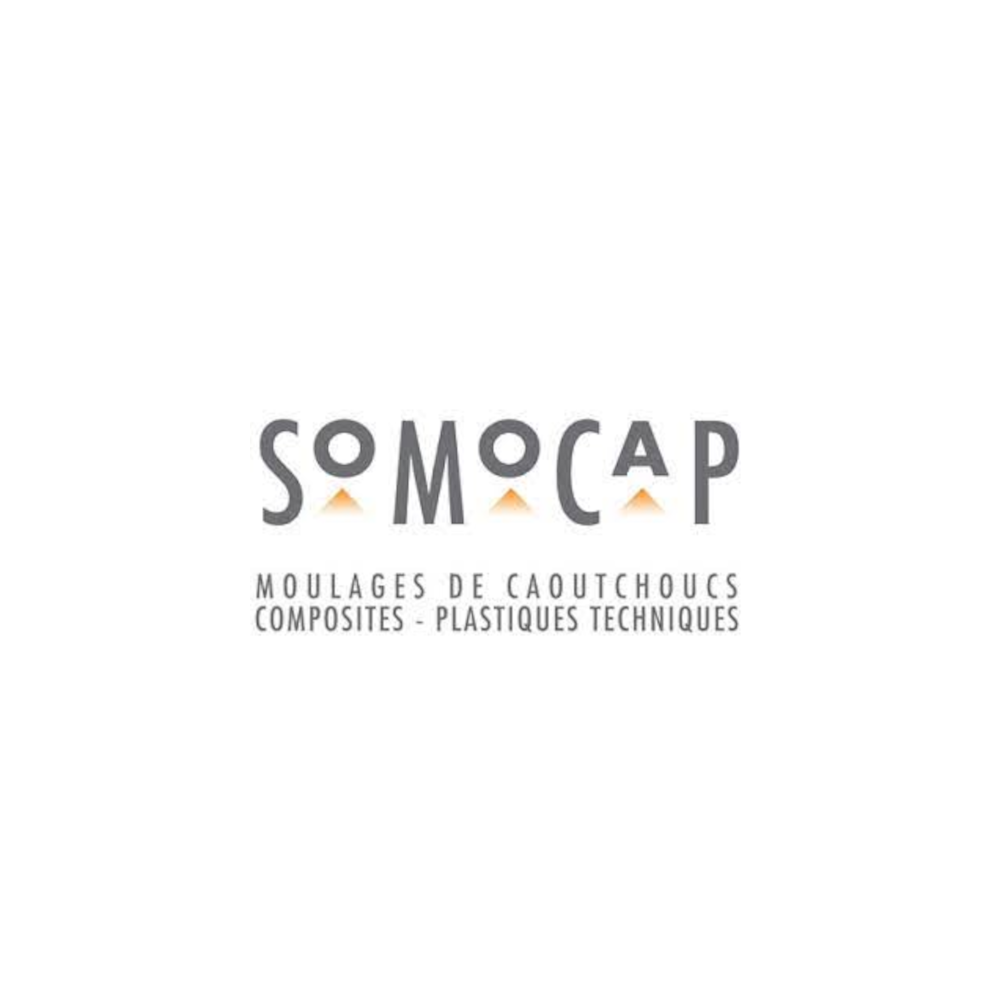NOBATEK/INEF4
2 years
June 2021
€362k
Goal
The objectives of this BAGAN project are to: (1)Evaluate several strategies for guaranteeing sufficient concrete / composite reinforcement adhesion. Six processes (embossing, filament winding, etc.) will be studied. A multi-criteria analysis incorporating performance and industrialisation aspects in particular will be carried out to enable one or more of the processes tested to be shortlisted. (2)Test the strength performance, in particular the mechanical performance, required to meet the specifications. (3)Design a bending tool adapted to thermoplastic composite rebars without stressing or impacting on the mechanical capacities of the rebars. (4)Manufacture concrete products of the lintel type and study their behaviour in 3-point bending according to the type of reinforcement used (metallic, thermosetting composite, Bagan composite). These tests will help to position Bagan reinforcements in relation to conventional reinforcements. (5) Develop the prototype to validate the technology.
CANOE is leveraging its expertise in thermoplastic composite materials and processes by being involved in two key tasks of the BAGAN project: (1) Adhesion between the composite reinforcement and the concrete. Two strategies have been envisaged to improve this adhesion: The first consists of applying a specific treatment to the surface of these reinforcements. This treatment has the advantage of polymerising rapidly under UV radiation and of being compatible with the substrate represented by the composite reinforcement. The second strategy uses the filament winding technique to deposit glass fibres impregnated with thermoplastic resin on the reinforcement. This technique makes it possible to reproduce the pattern often seen on the surface of conventional metal frames. (2) Recycling composite reinforcements. Because of their thermoplastic nature, composite reinforcement offcuts from production, or reinforcement present in structures at the end of the cycle, are used to be transformed into attachment systems. These attachment systems are then used on construction sites to bind the composite reinforcements together as part of a masonry structure.
BAGAN
Replacing metal mesh reinforcement with a thermoplastic composite for precast concrete structures represents a radical change in the way masonry is practised:
– Achieve durable structures through better corrosion resistance and recyclability,
– Reduce accidents on site by using non-cutting materials and simplifying the preparation of reinforcement,
– Lighter materials
– Allowing designers to design structures adapted to the functionalities of the structure.
The BAGAN project fits into this framework. It applies to the construction sector and aims to use recyclable thermoplastic composite materials based on acrylic resin as reinforcement for concrete structures, replacing metal mesh-type reinforcement.
The BAGAN project, funded by the Région Nouvelle Aquitaine, brings together a consortium of 6 partners, 3 technical centres (CANOE, NOBATEK/INEF4, TECNALIA) and 3 industrial companies (ARKEMA, FIBERPROFIL, SOMOCAP).
Partners






